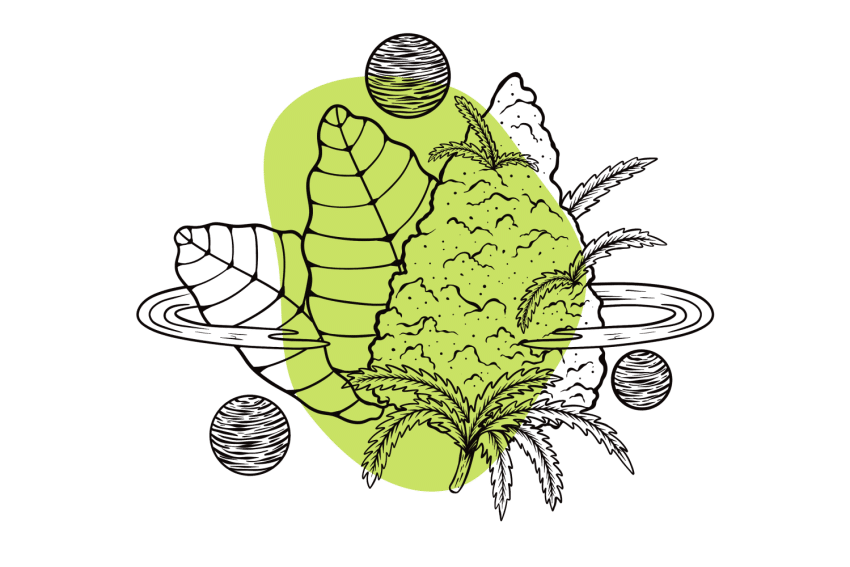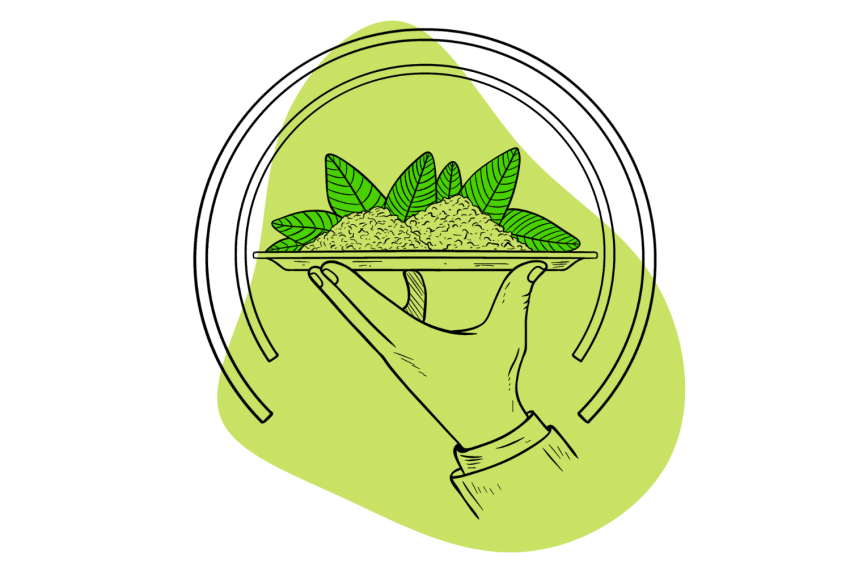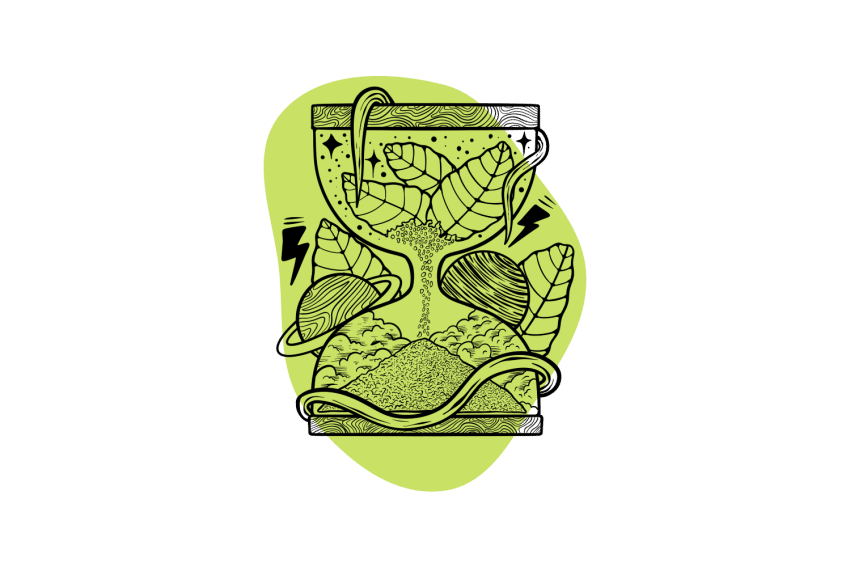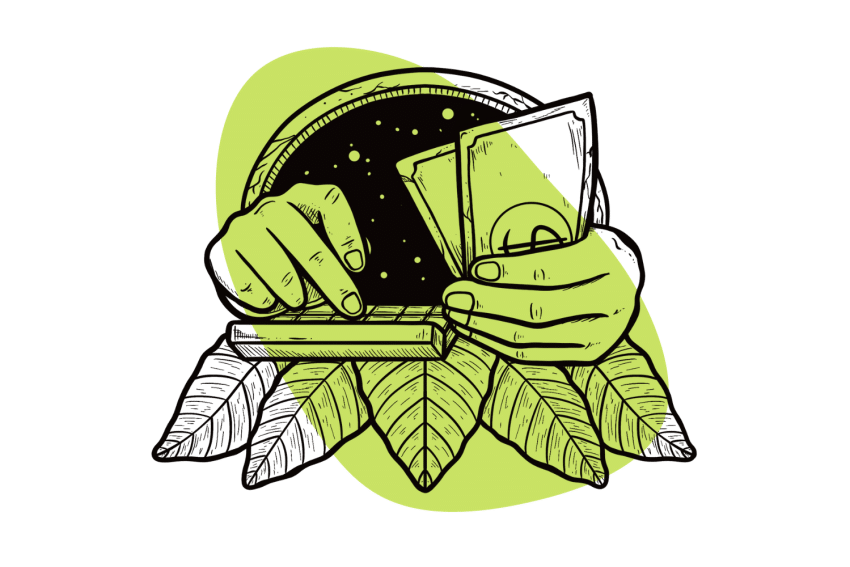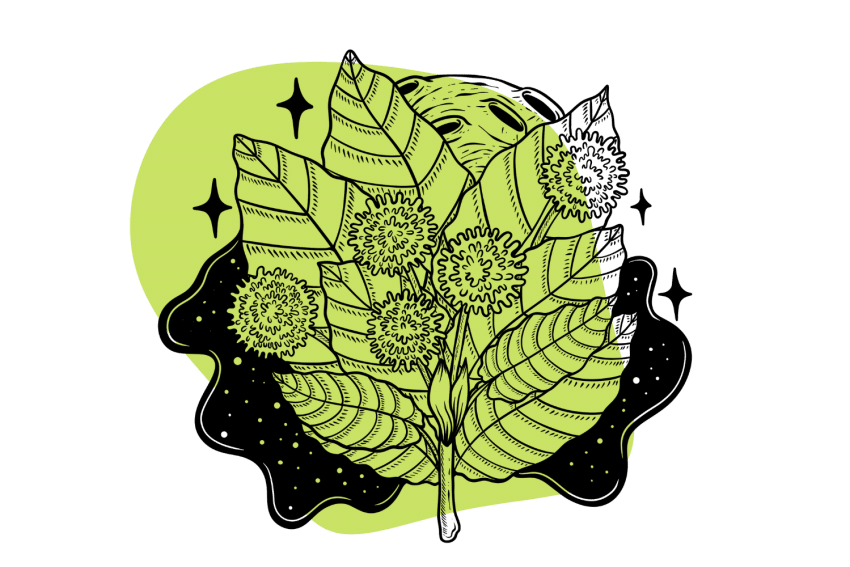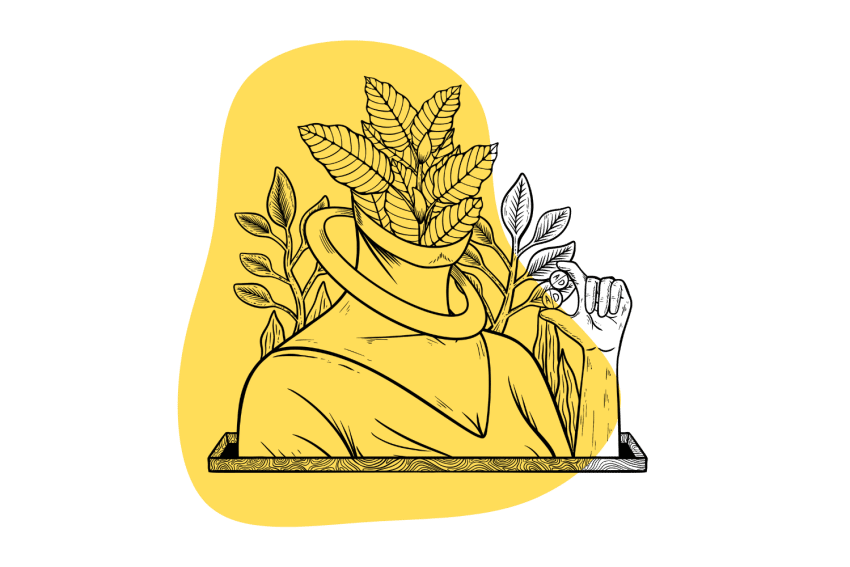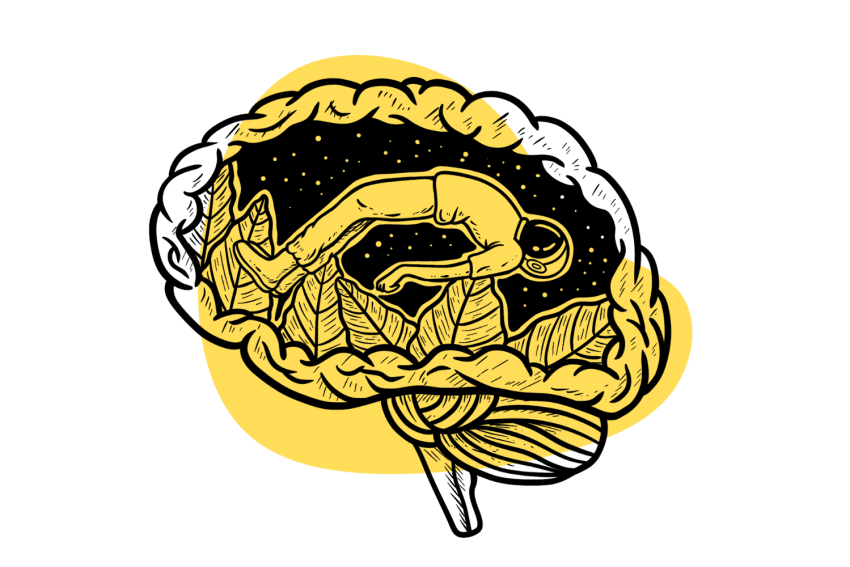How to Quit Kratom [Tapering, Supplements, & Cold Turkey]
Withdrawal is never easy, but kratom addiction often isn’t hard to break — and we have tips for knocking out the discomfort (at least some of it!). And remember, never be ashamed to get help if you need it.
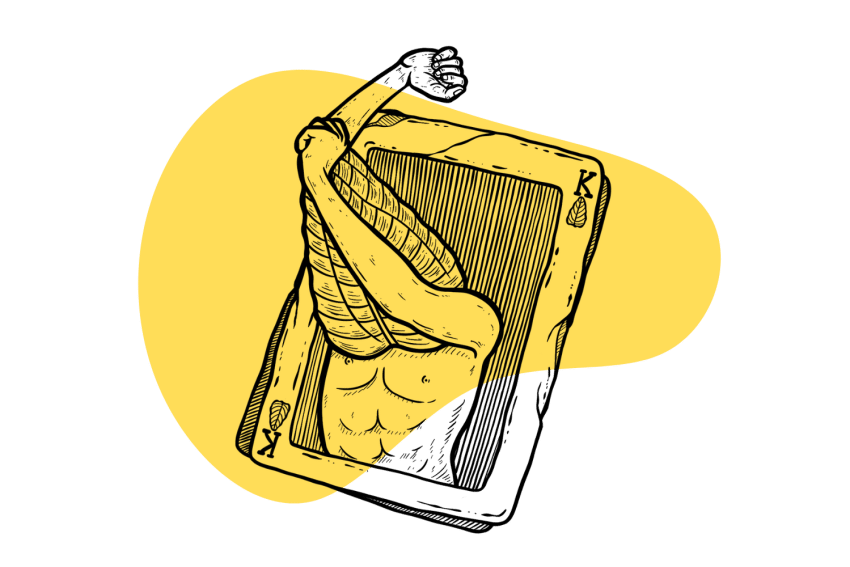
If the idea of stopping kratom stresses you out, start by acknowledging that you could be addicted. Accept it, but know that you’re not alone and that kratom withdrawal isn’t as severe as opioid withdrawal.
In fact, most people go about their daily lives — albeit a little more uncomfortably. Even if you find yourself in the minority and really struggle, know that help is available and that this, too, shall pass.
I’ll go over how to get off of kratom and a few things that can help — but first, you need to know if you’re addicted or not.
Kratom Addiction: What Are the Signs & Who’s At Risk?
Kratom isn’t new — people in Southeast Asia have used it for a long time — but it didn’t become popular in the West until the last few decades. These trees’ leaves are harvested and dried, then usually powdered and shipped around the world. If you live where it grows naturally, you can just grab a leaf from the tree and chew it.
Most often, it’s used for energy or pain relief, but people also use it to get off opioids, to reduce anxiety, for a mood boost, and to help their insomnia. As you can see, it’s well-rounded, which is why it’s so popular.
There isn’t extensive research on it yet — especially its long-term effects — but there’s enough suggesting it’s relatively low-risk if you use it responsibly, as is the case with most things [1]. I’ll discuss safe usage below.
However, it is addictive — though not as addictive as opioids — and the first step to overcoming it is admitting you have a problem. This checklist can help you determine if you’re addicted to kratom or on the road to it.
The Signs of Kratom Addiction: What to Watch for
The signs of kratom addiction are similar to those of other kinds of addiction. According to the American Psychiatric Association, these include: [2]
- Strong cravings
- Inability to decrease use
- Use causes failure to finish major tasks
- Give up or cut back on school, work, and/or leisure activities
- Continue use despite knowing the issues it’s causing
- Tolerance (needing more of the drug to get the same effects)
- Withdrawal symptoms when not using
Kratom Withdrawal Symptoms
Kratom and opioids have similar withdrawal symptoms but are less severe.
- Muscle spasms
- Restless Leg Syndrome (RLS)
- Trouble sleeping
- Watery eyes and nose
- Fever
- Diarrhea
- Hot flashes
- Decreased appetite
- Body aches and pain
- Anxiety
- Mood changes, such as depression, anger, irritability, and sadness
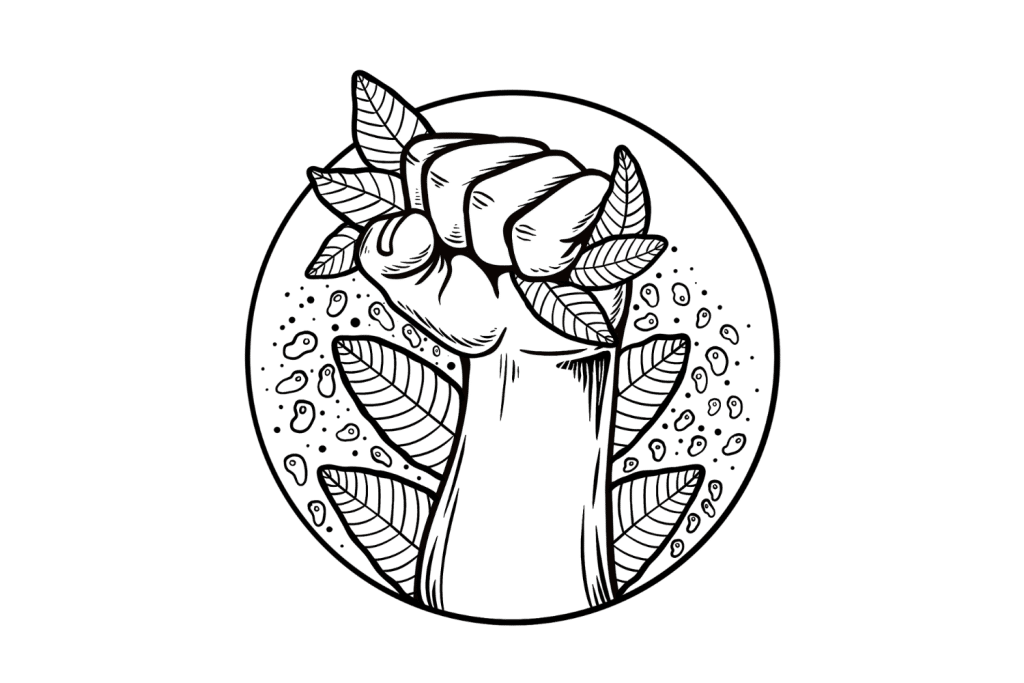
What Are the Chances of Becoming Addicted?
Statistics show most people don’t become addicted to kratom. However, some things make it more likely, such as a history of opioid use disorder or using large amounts of kratom daily (more than 3 g of leaf, more than twice daily) for a long time. [3]
One study looked at long-term users who took kratom multiple times a day [4], and another study focused on kratom-naive people who used it at low doses [5] — neither observed signs of kratom withdrawal in the subjects using SOWS and COWS scales, adverse events, or spontaneous reports.
Ultimately, research is not consistent with how kratom addiction and withdrawal come about or who is more likely to become dependent, but you can lower the chances by limiting your use.
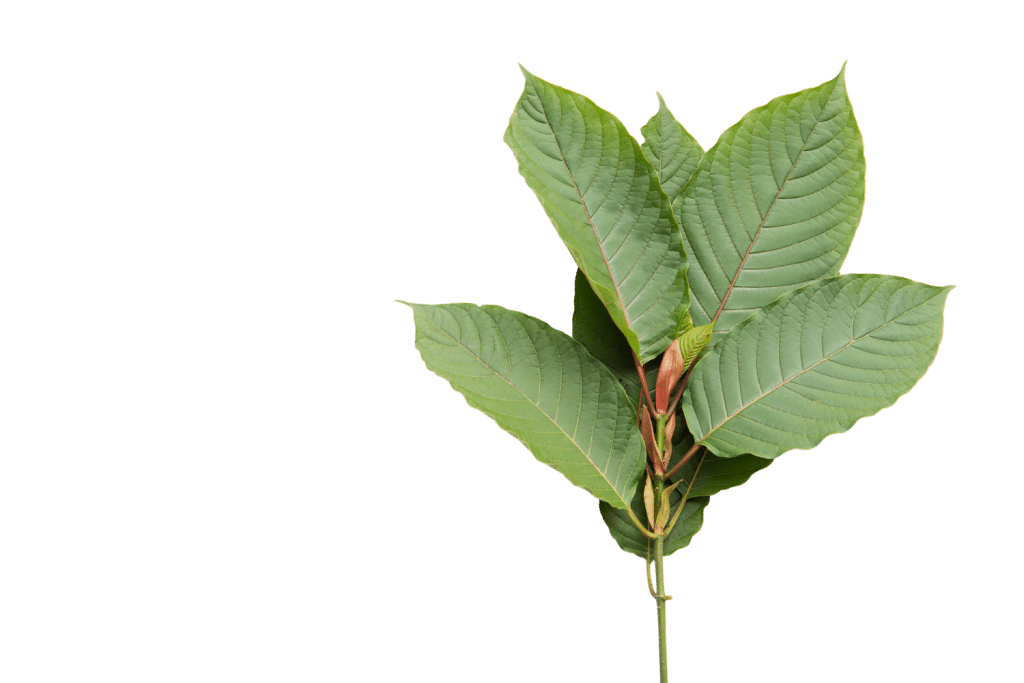
How to Get Off Kratom: Breaking the Addiction for Good
Maybe you’re addicted or know someone who is, and they’re ready to stop. There are two ways to break an addiction — go cold turkey or taper off of the substance. We’ll look at both, and you can decide what route might work best — there is no right or wrong answer here.
1. Quit Kratom ‘Cold Turkey’
Stopping “cold turkey” simply means you stop using something completely and suddenly. The good news is that you can get the substance out of your system quicker and move on with your life. The bad news is that withdrawal hits harder because your body is kind of in shock because it has to figure out how to function without it.
If you want to try this method, gather all the support you can find, including someone to hold you accountable. Kratom withdrawal doesn’t tend to last long (maybe a week, though this varies, of course). [3]
2. Quit Kratom by Tapering
If a sudden stop seems too quick or doesn’t work, try tapering off instead. This involves lowering your consumption over time until you stop completely.
You can cut it back by 10% for a week, then do another 10%, continuing that pattern until you’re off of it, or you can come up with whatever percentage you want. The focus is on reducing your usage over time, and that can look like whatever you want it to look like.
How to Make Kratom Withdrawal Easier
The word “withdrawal” can cause anxiety on its own — it’s almost synonymous with suffering. Keep in mind that it also brings freedom. You’re overcoming your need for something that’s harming you, and that’s a great thing.
A recent review found that most people find kratom withdrawal is “generally milder than observed with chronic, frequent opioid, sedative, or stimulant users and generally more tolerable and self-manageable. Craving levels appear widely variable.” [3]
This means if you are addicted, the withdrawal symptoms probably won’t disrupt your life much. Of course, everyone is different, so it doesn’t mean there’s something wrong with you if withdrawal is very difficult. Help is available if you need it.
Regardless of how hard it is, you might find there are times when you could use a little something extra to get through.
1. Supplements
This might be where you find the most help. I scanned Reddit to see what longtime kratom users found helpful for withdrawal and came up with quite a few suggestions — some are kind of surprising.
Please remember that we are not doctors, and there’s little actual research in this area. Many of these suggestions are anecdotal. Talk to your doctor before jumping into anything.
- Agmatine was cited often as being the most helpful — check out the Reddit pages yourself if you want.
- Magnesium (glycinate has the highest bioavailability) can help, especially for RLS, sleep, palpitations, and anxiety.
- Cannabis can help reduce anxiety, pain, and
- High doses of vitamin C; 2000 mg is the highest recommended amount, though single doses as high as 5-10 g are considered safe (but expect diarrhea and abdominal bloating and pain) [6].
- Black seed oil to reduce pain, spasms, diarrhea, and overall withdrawal symptoms spasmolytic [7].
- Coffee/caffeine for more energy
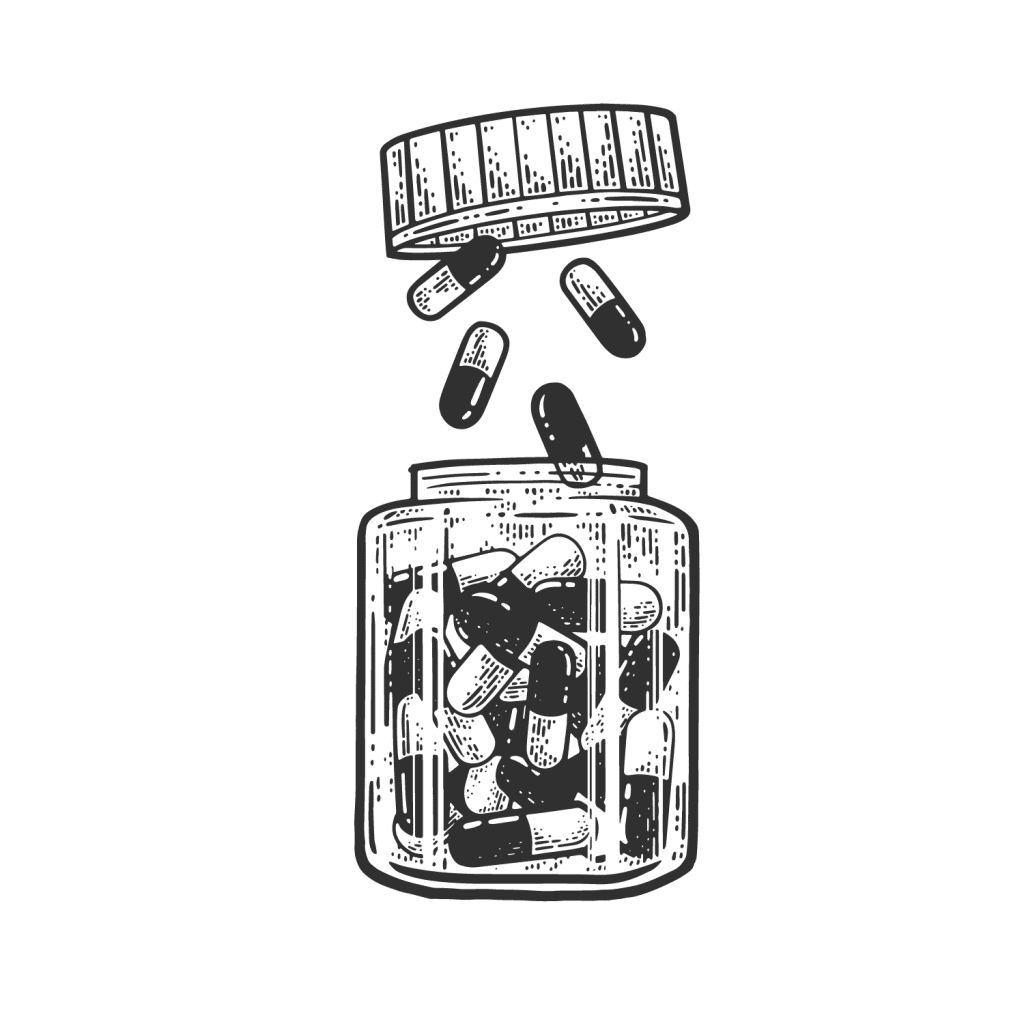
Two substances kept popping up in these subreddits as ones to avoid:
- Phenibut — Many people said it caused horrible depression and withdrawal symptoms on top of the kratom withdrawal
- Diphenhydramine (DPH) — The active ingredient in Benadryl (antihistamine). Some people said it makes RLS worse
2. Kratom Reset Packs
Not every kratom vendor carries reset packs, but a quick online search should pull up a number of them that do. These usually consist of kratom’s sister plants, Mitragyna javanica and Mitragyna hirsuta. Their effects are similar to kratom but are milder and don’t contain its primary alkaloids, mitragynine and 7-hydroxymitragynine.
You could replace kratom doses with these plants or mix them in with the dose to dilute the kratom.
3. OTC Medications
Some over-the-counter (OTC) medications can help with withdrawal symptoms. Acetaminophen or ibuprofen can reduce pain; anti-diarrhea medications can help with an upset stomach; diphenhydramine can help you sleep (though there are reasons to avoid it — more on that below). Some users say dextromethorphan (DXM) eased their withdrawal symptoms, but be careful since too much can be dangerous.
4. Rest
You might be more tired during this time, so give yourself a break — your body is busy healing. Don’t feel bad if you sleep more than usual or pass on social interaction. Use the downtime to catch up on rest or find a new hobby.
5. Stay Busy
This might sound contradictory to the previous one, but this is all based on your needs. If you want to rest, do it — but don’t dwell on the negatives. Keep your mind busy even if you don’t have the physical energy. Otherwise, get out and do things. Don’t give yourself the opportunity to miss kratom.
6. Find Support
Worst case scenario, kratom withdrawal is a struggle, and you need help. If you feel overwhelmed, don’t hesitate to reach out to someone, either a friend or a professional. Everyone needs a hand now and then.
7. Medications for Opioid Use Disorder (MOUD)
Doctors will treat severe kratom use disorder (KUD) with the same medications they use for opioid withdrawal with great success — buprenorphine is the most common, but they also use naltrexone and methadone [9].
The numbers aren’t clear on how common this is, but experts recently looked at the available research and concluded that methadone and buprenorphine should only be used judiciously and on an individual basis. These drugs shouldn’t be the first line of treatment, especially if there has been prior or current opioid dependency [3].
Talk to your doctor if you have questions or feel you need help with the kratom withdrawal.
Tips to Reduce the Risk of Kratom Addiction
As I mentioned earlier, research isn’t consistent on what leads to addiction. Some people chronically use heavy doses and never feel withdrawal symptoms when they stop. There are ways to reduce the risks, though.
Always use as little kratom as possible — both in dosage and frequency.
This means not starting with 4 g when 2 g might do the trick. It also means not taking it every day.
Tolerance happens rather quickly, so resist the urge to up the amount when you don’t feel the effects like you once did. Instead, take a break from kratom for a few days or a week.
Some people rely on kratom for pain or other chronic issues and need large amounts of it often. In these cases, it’s best to weigh the pros and cons and check out other temporary options — your doctor might be able to help. If you can find something else that helps for a few days, great. If kratom is the only option, you might have to decide how big of a deal kratom addiction is.
Other risks come with kratom use, such as uncomfortable side effects, drug interactions, and impure products. Here are a few rules to follow when using kratom:
- Use as little kratom as possible (side effects are more likely if you take too much).
- Don’t use kratom with medications or drugs (it’s metabolized by the same enzymes as many other substances and can cause a dangerous interaction).
- Only buy kratom from reputable vendors (the lack of regulations makes it easier for them to sell impure kratom; look for products that are tested by a third party).
Related: Kratom Deaths — Debunking Common Myths & Misconceptions

FAQs: Kratom
There’s a lot to learn about kratom, and not all of the information out there is correct. Here are the answers to some common questions.
1. What can I use kratom for?
Kratom is unique because it has contradictory effects, giving it many uses — it’s energizing and sedating, but the overall effects depend on how much you take. Higher doses are used for sleep, pain, opioid addiction, and anxiety. Lower doses are for energy, mood, and focus. Our dosage guide can help you figure out how much to take.
2. Is kratom legal?
Kratom is unregulated in the US at a federal level, but some states have either passed legislation that regulates or bans it — and many other countries have done the same thing. Check your local laws for the most up-to-date information.
3. Where do I buy high-quality kratom?
It’s not hard to find kratom (unless it’s illegal where you’re at), but that doesn’t mean it’s good. Before buying anything, check the vendor out. Do they test their kratom through a third-party lab? Do they have good reviews? Do they appear knowledgeable about kratom and seem to care about their customers?
There are many great — and affordable — vendors online, so don’t settle for second best.
Subscribe For More Psychedelics 🍄
References
- Swogger, M. T., Smith, K. E., Garcia-Romeu, A., Grundmann, O., Veltri, C. A., Henningfield, J. E., & Busch, L. Y. (2022). Understanding kratom use: a guide for healthcare providers. Frontiers in pharmacology, 13, 801855.
- Singh, D., Müller, C. P., & Vicknasingam, B. K. (2014). Kratom (Mitragyna speciosa) dependence, withdrawal symptoms and craving in regular users. Drug and alcohol dependence, 139, 132-137.
- Henningfield, J. E., Chawarski, M. C., Garcia-Romeu, A., Grundmann, O., Harun, N., Hassan, Z., … & Huestis, M. A. (2023). Kratom withdrawal: Discussions and conclusions of a scientific expert forum. Drug and Alcohol Dependence Reports, 7.
- Vicknasingam, B., Chooi, W. T., Rahim, A. A., Ramachandram, D., Singh, D., Ramanathan, S., … & Chawarski, M. C. (2020). Focus: Plant-based medicine and pharmacology: Kratom and pain tolerance: A randomized, placebo-controlled, double-blind study. The Yale journal of biology and medicine, 93(2), 229.
- Huestis M.A., Henningfield J.E., Wang D.W., Atallah R. Proceedings of the CPDD 84th Annual Meeting. 2022. Absence of withdrawal symptoms after stopping 14 Daily kratom leaf, extract, or mitragynine isolate doses in a controlled clinical study. late breaking session.
- Doseděl, M., Jirkovský, E., Macáková, K., Krčmová, L. K., Javorská, L., Pourová, J., … & OEMONOM. (2021). Vitamin C—sources, physiological role, kinetics, deficiency, use, toxicity, and determination. Nutrients, 13(2), 615.
- Sangi, S., Ahmed, S. P., Channa, M. A., Ashfaq, M., & Mastoi, S. M. (2008). A new and novel treatment of opioid dependence: Nigella sativa 500 mg. J Ayub Med Coll Abbottabad, 20(2), 118-24.
- Wise, L. E., Premaratne, I. D., Gamage, T. F., Lichtman, A. H., Hughes, L. D., Harris, L. S., & Aceto, M. D. (2012). L-theanine attenuates abstinence signs in morphine-dependent rhesus monkeys and elicits anxiolytic-like activity in mice. Pharmacology Biochemistry and Behavior, 103(2), 245-252.
- Stanciu, C., Ahmed, S., Hybki, B., Penders, T., & Galbis-Reig, D. (2021). Pharmacotherapy for Management of’Kratom Use Disorder’: A Systematic Literature Review With Survey of Experts. WMJ, 120(1), 54-61.

